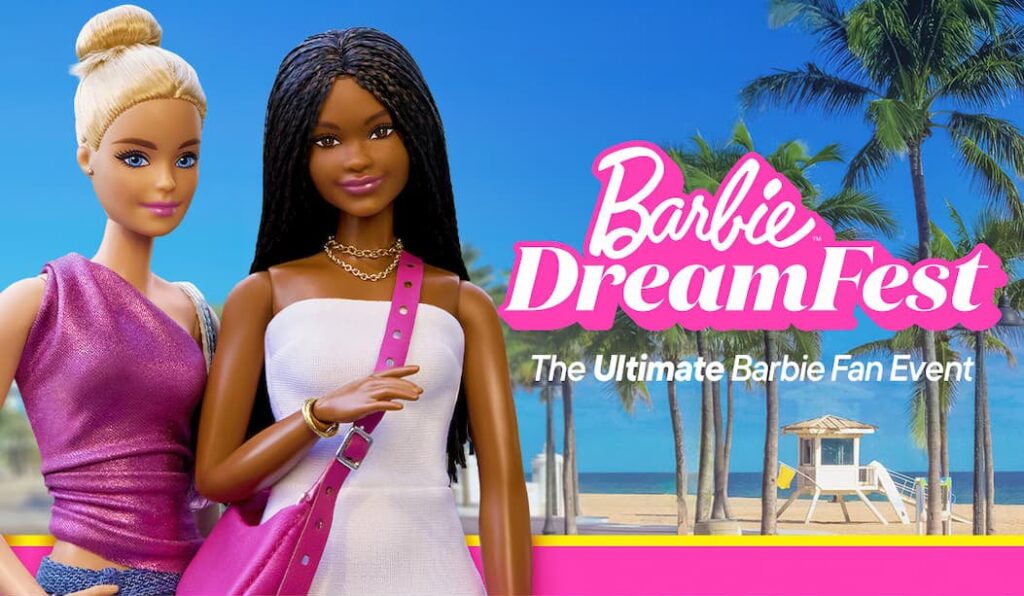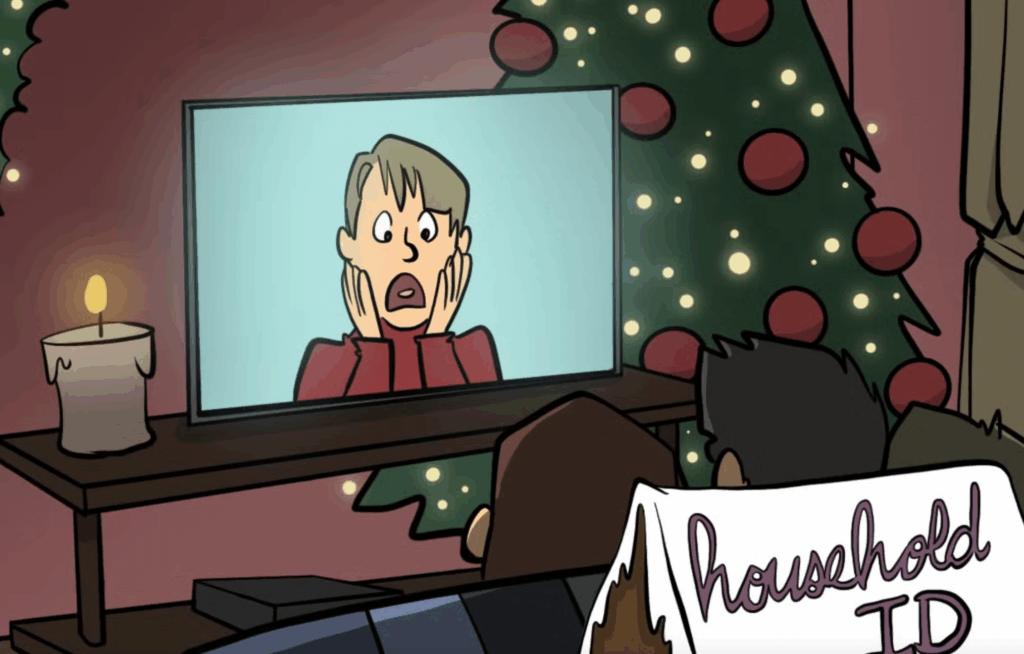Catapult Integrated Services Inc. launched itself onto the agency landscape this year with a resounding thump, as it snags the No. 22 spot in its PROMO 100 debut. The Westport, CT-based firm set up shop last year as an offshoot of D.L. Ryan Cos. The new “kid” on the block lists Dannon Co. Inc., Motts, Subway Restaurants and Novartis on its client roster. Revenues have grown 33% to $13.2 million in 2005 from $9.9 million in 2003, including revenues from Ryan.
Top-notch campaign work is the driver behind Catapult’s high-profile debut; the company took the No. 4 spot for campaign work executed in the past year.
Those creative ideas showed up in an integrated campaign the agency launched last year for client Sunbeam Products Inc. The household appliance maker wanted to boost its status in a competitive market. Catapult delivered, scoring a partnership with 20th Century Fox for the release of the film Robots, whose characters happened to be appliances.
The shop brought Sunbeam’s products to life with cool premiums linked to the movie. For three months, irons carried iron-on patches, baking mixers included cookie cutters, toasters added toast stampers, all in the shape of Robots characters.
“They demonstrated that they not only understood what our brand meant, but could create meaningful messages for our everyday appliances and extend that in the marketplace,” says Kevin Robb, brand manager, Jarden Consumer Solutions, Sunbeam’s parent.
The kid-friendly premiums were a hit for parents who wanted to get in and out of stores easily and gave Sunbeam an edge at shelf, says Steve Welker, chief creative officer at Catapult. Sales at Wal-Mart climbed 45% and the campaign earned a Gold Reggie Award, from the Promotion Marketing Association, and an EMMA. Catapult followed the Robots stint with branding work for Sunbeam during the remainder of 2005. The shop is Sunbeam’s AOR for advertising, as well.
“Promotional agencies traditionally focus on brands and consumers,” says Catapult COO Paul Kramer. “But [we] bridge the brand, consumer and the retail environment.”
Meanwhile, Catapult continues to put an impetus on winning over new clients. “We’re so determined to finish first in every business pitch we enter, we go into it with a preconceived notion that we’ve won it,” Welker says. “When we have, it’s because of that energy.”





